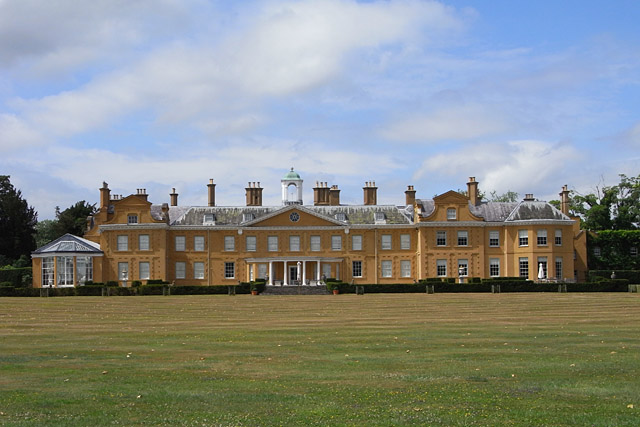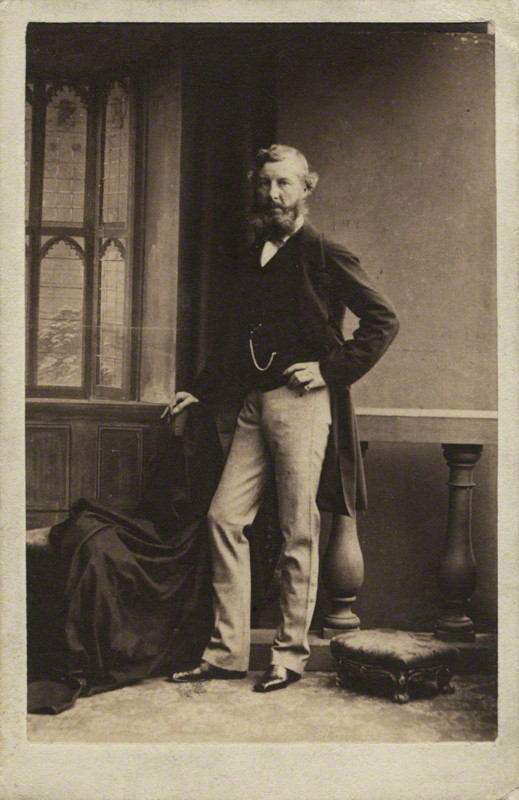by Scott Mehl © Unofficial Royalty 2018

Sarah Lyttelton, Baroness Lyttelton; Credit – Wikipedia
Sarah Lyttelton, Baroness Lyttelton served as a Lady of the Bedchamber to Queen Victoria from 1837 until 1842 and then became Governess to the Royal Children, serving until 1850. Ladies of the Bedchamber were always wives of peers. Only one Lady of the Bedchamber was in waiting at a time. She was always ready to attend to the Queen. The Lady-in-Waiting attended all State occasions and presided over the Household table when the Mistress of the Robes was not in residence. A Lady of the Bedchamber had two to three waits a year from twelve to thirty days at a time.
She was born Lady Sarah Spencer, on July 29, 1787 at Althorp, the seat of the Earls Spencer in Northamptonshire. The eldest daughter, and second child, of George Spencer, 2nd Earl Spencer and Lady Lavinia Bingham (daughter of the 1st Earl of Lucan), Sarah was raised at Althorp, and Spencer House in London, along with her eight siblings:
- John Spencer, 3rd Earl Spencer (1782) – married Esther Acklom, no issue
- The Hon. Richard Spencer (1789) – died in infancy
- The Hon. Robert Spencer (1791) – unmarried
- The Hon. William Spencer (1792) – died in infancy
- Lady Harriet Spencer (1793) – died in infancy
- Lady Georgiana Spencer (1794) – married Lord George Quin, had issue
- Frederick Spencer, 4th Earl Spencer (1798) – married (1) Georgiana Poyntz, had issue; (2) Adelaide Seymour, had issue
- Lord George Spencer (1799) – unmarried
Two of Sarah’s brothers also served in Royal Households. Her brother Robert served as Private Secretary and Groom of the Bedchamber to the Duke of Clarence (later King William IV) from 1827 to 1828. Her brother Frederick, the 4th Earl Spencer, served as an Equerry to Queen Victoria’s mother, The Duchess of Kent, from 1840 to 1845 and then Lord Chamberlain of the Royal Household from 1846 to 1848 and Lord Steward of the Royal Household from 1854 to 1857.

William Henry Lyttelton, 3rd Baron Lyttelton. source: Wikipedia
On March 4, 1813, Sarah married Sir William Henry Lyttelton, 3rd Baron Lyttelton. He was the son of William Lyttelton, 1st Baron Lyttelton and Caroline Bristow. Sarah and William had five children:
- The Hon. Caroline Lyttelton (1816) – unmarried
- George, 4th Baron Lyttelton (1817) – married (1) Mary Glynne, had issue: (2) Sybella Clive, had issue
- The Hon. Spencer Lyttelton (1818) – married Henrietta Cornewall, had issue
- The Hon. William Lyttelton (1820) – married (1)Emily Pepys, no issue; (2) Constance York, no issue
- The Hon. Lavinia Lyttelton (1821) – married Rev. Henry Glynne, had issue
Continuing the tradition of royal service, one of Sarah’s granddaughters, Lady Lucy Lyttelton (daughter of Sarah’s son George, 4th Baron Lyttelton) served as a Maid of Honour to Queen Victoria from 1863 until 1864, when she married Lord Frederick Cavendish.
After 34 years of marriage, Sarah was widowed in April 1837. Just four months later, she was appointed a Lady of the Bedchamber to Queen Victoria. However, due to her husband’s death, and an appropriate period of mourning, she first took up her duties in October 1838. Although uncertain of her suitability, Sarah soon adjusted to her role and thoroughly enjoyed her time at court. From her letters, she appears to have gotten along well with others in the household, and soon became a favorite of both The Queen and The Prince Consort. It is due to this closeness that she soon found herself in a new position within the Royal Household.
Having struggled to find appropriate people to raise their children, Queen Victoria and Prince Albert asked Sarah to take on the role of Governess to the Royal Children in April 1842. Somewhat reluctantly, she agreed on the condition that she be given the necessary authority to oversee the nursery and her charges. As Governess, she oversaw the nursery staff, as well as the schedules of the children, and the early stages of their education. At the time, there were just two children – The Princess Royal and The Prince of Wales – who quickly became attached to their new governess. She was nicknamed “Laddle” by the young Princess – a name by which the children affectionately called her well into their adult years. Over the next eight years, the nurseries grew to include the first seven of The Queen’s children.
In October 1850, Sarah’s daughter Lavinia died in childbirth, leaving several young children. In December of that year, Lady Lyttelton requested The Queen’s permission to retire, so that she could return to Hagley Hall and help care for her grandchildren. The Queen approved – quite reluctantly – and gave Sarah a very generous pension of £800 per year for the rest of her life.
In January 1851, Sarah returned to her family at Hagley and settled into life as a grandmother. She kept in contact with the Royal Family and occasionally met them at social functions. In January 1858, she was a guest at the wedding of The Princess Royal and Prince Friedrich of Prussia (the future German Emperor Friedrich III). Ten years later, she hosted a visit from the couple at her home in London.
At the age of 82, The Dowager Baroness died at Hagley Hall on April 13, 1870. She is buried in the Lyttelton family plot in the cemetery at St. John the Baptist Church in Hagley.
This article is the intellectual property of Unofficial Royalty and is NOT TO BE COPIED, EDITED, OR POSTED IN ANY FORM ON ANOTHER WEBSITE under any circumstances. It is permissible to use a link that directs to Unofficial Royalty.
Recommended Books:
Correspondence of Sarah Spencer, Lady Lyttelton 1787-1870 edited by her great-granddaughter, The Hon. Mrs. Hugh Wyndham
Serving Queen Victoria: Life in the Royal Household by Kate Hubbard



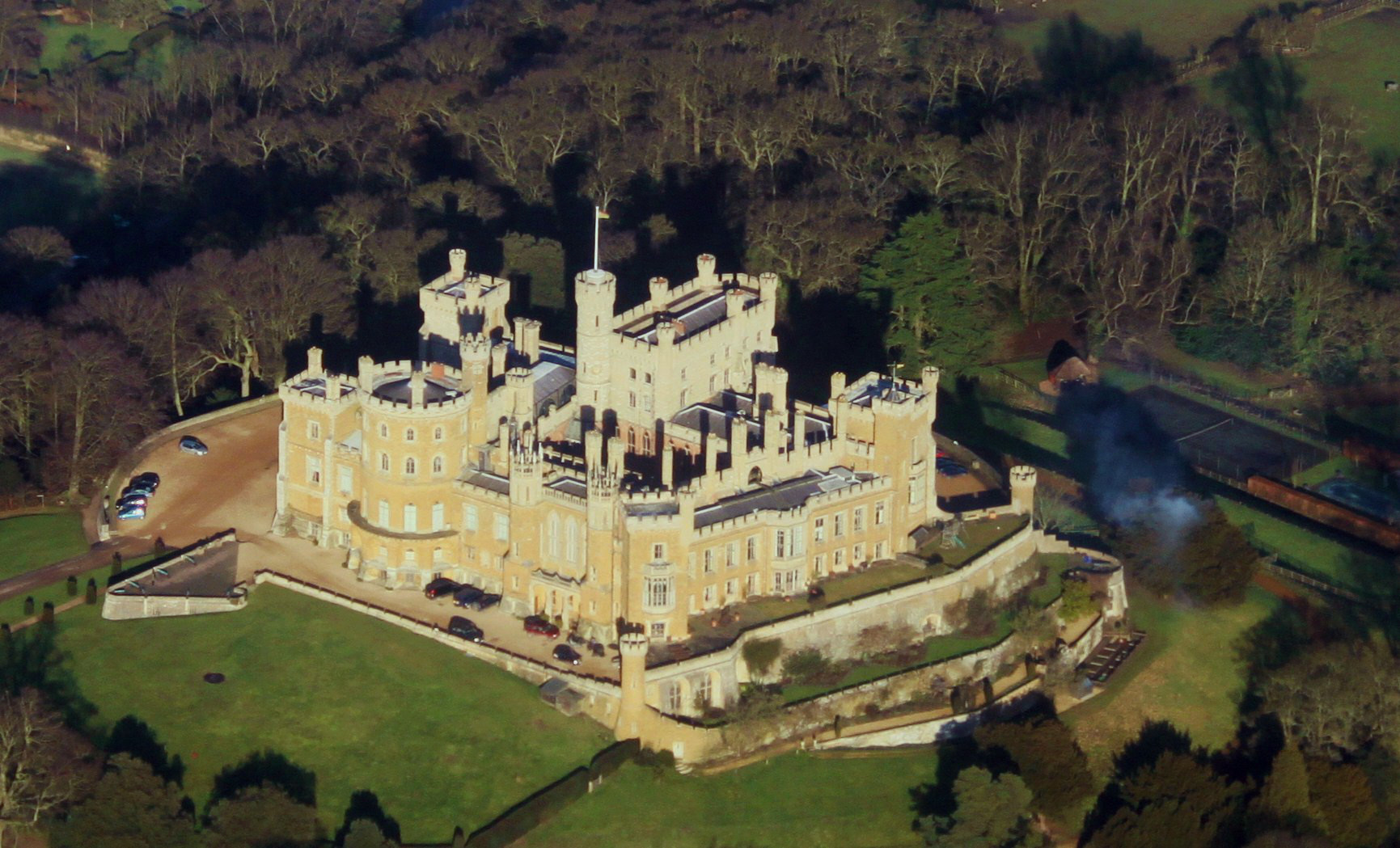






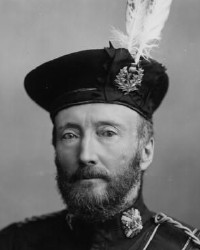



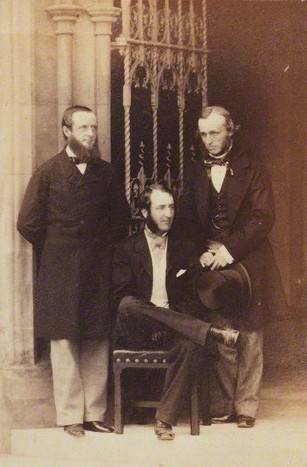


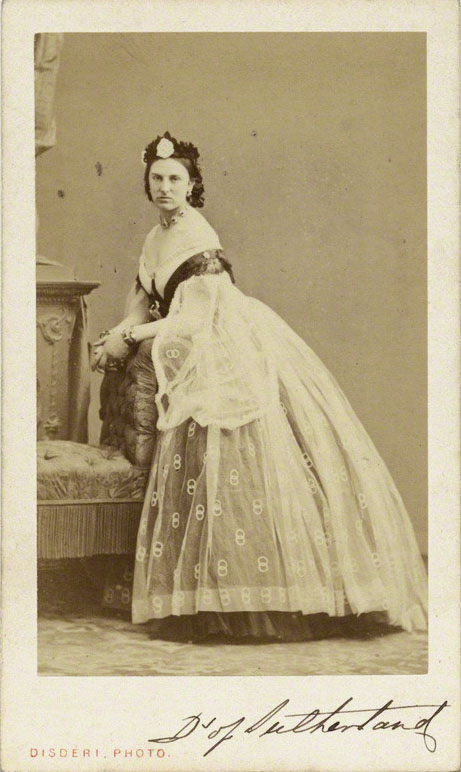


 Elizabeth Campbell, Duchess of Argyll
Elizabeth Campbell, Duchess of Argyll


 Elizabeth Wellesley, Duchess of Wellington
Elizabeth Wellesley, Duchess of Wellington